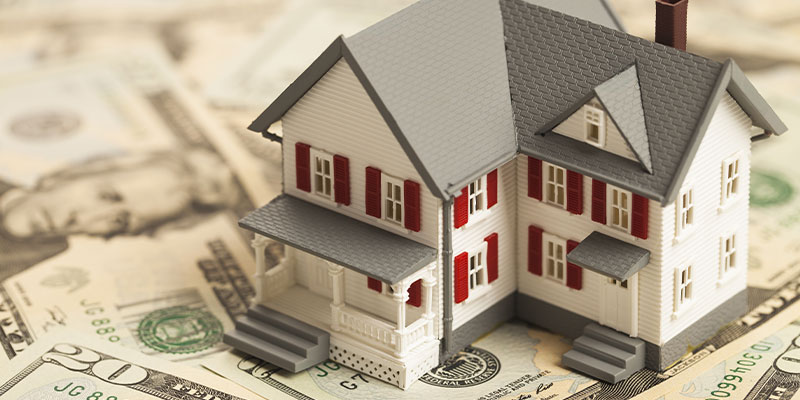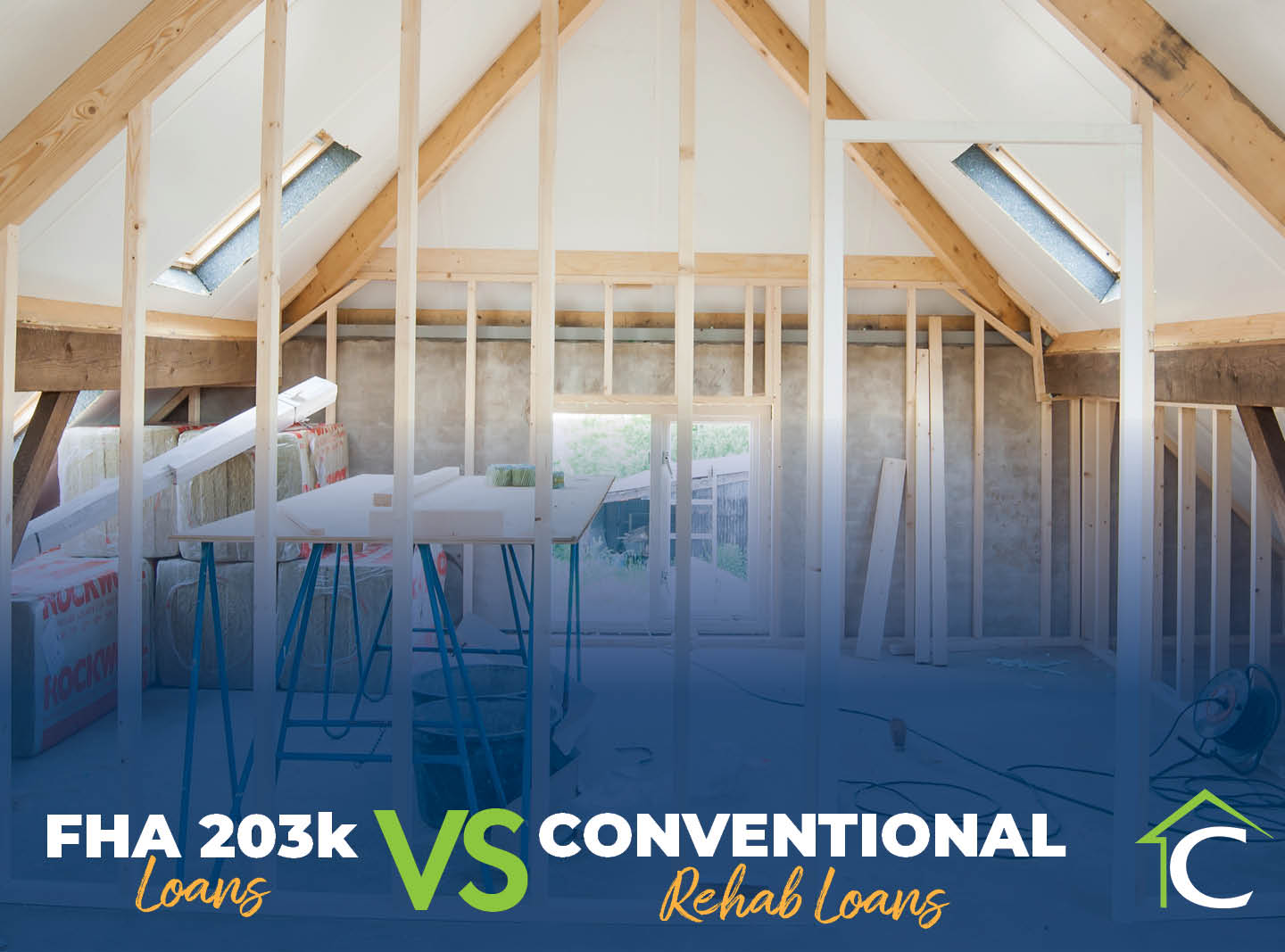Mortgage rates seem to be in constant flux, so Long Island home buyers may be wondering what causes them to fluctuate, along with other mortgage-rate questions that they may be curious about. Here’s a look at the key factors that affect mortgages rates not just on Long Island, but the rest of the country as well.
Employment Rate
There is a relationship between employment figures and mortgage rates. The higher the employment rate—and thus, the better the economy—the higher the mortgage rates.
Inflation
Increasing prices due to inflation leads to the decreasing value of the dollar and reduced purchasing power. As a result, inflation pushes mortgage rates higher as lenders raise interest rates to offset the impact of inflation on their profits.
Federal Reserve
In response to the economy, the Federal Reserve creates a monetary policy—which establishes the federal funds rate—that affects mortgage rates and other interest rates across the board. As the Federal Reserve explains on its website, “The term ‘monetary policy’ refers to the actions undertaken by a central bank, such as the Federal Reserve, to influence the availability and cost of money and credit to help promote national economic goals.” When money availability is scarce, the federal funds rate increases, as do mortgage rates.
10-Year Treasury Bills
Probably the most significant factor that impacts mortgage rates is the 10-year Treasury bill. Treasury bills are similar to bonds, so the lower the yield, the lower the interest rates fall, and vice versa. The federal funds rate, economic growth, and inflation all play a role in how high or low a Treasury bill will yield.
Mortgage Rates Today
According to Freddie Mac, the average 30-year fixed mortgage rate for March 2016 was 3.69 percent, which is a bit lower than it was in February. After the collapse of the housing bubble in 2008, monthly average mortgage rates have consistently stayed under 6 percent, whereas 10 years ago, mortgage rates were more than 6 percent. If we look back further, the rates were even higher. For example, the average mortgage rates were 7.62 and 10.08 percent in March 1996 and 1986, respectively.
Since mortgage rates over the past few years have steadily decreased, some first-time home buyers looking to obtain a mortgage or long-time home-owners thinking about refinancing (or getting a CEMA mortgage) are at an advantage because they do not have to pay as much in interest as in previous decades. They should keep this in mind when it comes time to house hunt or take out a second mortgage.
The best way to learn more about mortgage rate fluctuation and home-financing options is to contact a Long Island mortgage company that can provide you the most up-to-date mortgages news and advice.
















